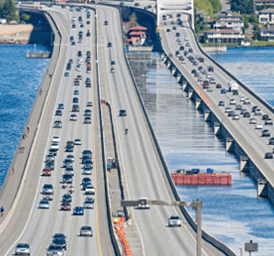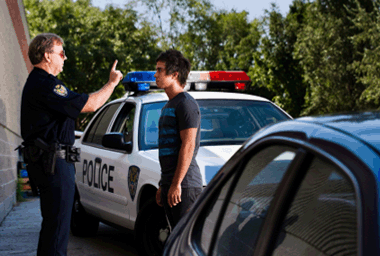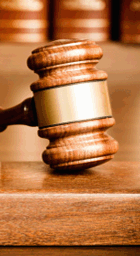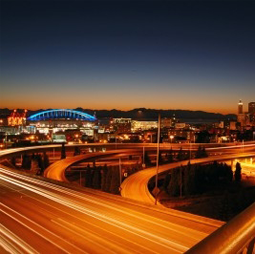Dec 22

Seattle Lowers Speed Limit, Will Issue More Speeding Tickets
Seattle Lowers Speed Limit, Will Issue More Speeding Tickets
Last month the City of Seattle lowered speed limits on two types of city rights-of-way (unmarked arterials and city streets). Unmarked arterials are multiple-lane thoroughfares with no speed limit signs that, until November, were subject to a 30 miles per hour limit. City streets are neighborhood streets that were subject to a speed limit of 25 mph. The new speed limits are 25 mph on unmarked arterials and 20 mph on all city streets. 20 mph is the speed limit for Seattle school zones and so the new speed limit on city streets has turned all neighborhood streets into a de facto school zone. A marked arterial--that is, one with signs posted--might have a higher speed limit than the new 25 mph limit. So why is Seattle "going down" this road?
For city streets the City has decided that "20 is plenty" and we need to keep kids safe, because apparently children cannot be kept safe if vehicles travel at a higher rate of 20 mph in Seattle. In addition, the Seattle Department of Transportation has decided that enforcement of these new speed limits is a high enforcement priority. What does this mean? A high enforcement priority means that Seattle intends to issue more traffic tickets for speeding--tickets that affect insurance premiums, employment, and the driving privilege.
Until last month, Seattle used traffic islands, removed whole lanes of roadways, and created dedicated bike lanes in order to slow the speed of traffic. Now, Seattle has embarked on an additional strategy: decrease speed limits citywide and issue more tickets to try to slow traffic, and increase revenue at the same time.
The new speed limit signs are part of the "Vision Zero" initiative, which aims to decrease all traffic deaths to zero. While the goal is laudable (if not unrealistic), perhaps Seattle could rename this initiative "Zero Vision." Or perhaps "One Vision": increasing revenue to Seattle by lowering speed limits, creating even more congestion, and making what was previously legal now illegal.
In the last month, motorists, bicyclists, and pedestrians can view dozens of signs around Seattle which outline the new speed limits, especially near exit ramps to I-5 and I-90,. What's also amazing to me about the signs is that the Seattle Department of Transportation wasted no time in creating and posting them in order to penalize people and gain revenue, while the City has wasted tons of time in leaving city streets in disrepair.
If you have received a speeding ticket in Seattle or someplace else in the State of Washington, my office is ready to help to keep your insurance low and maintain your good driving record. In the meantime, I hope Seattle will get better vision and fix actual problems instead of compounding old ones, and trying new ways to earn money for the city.











